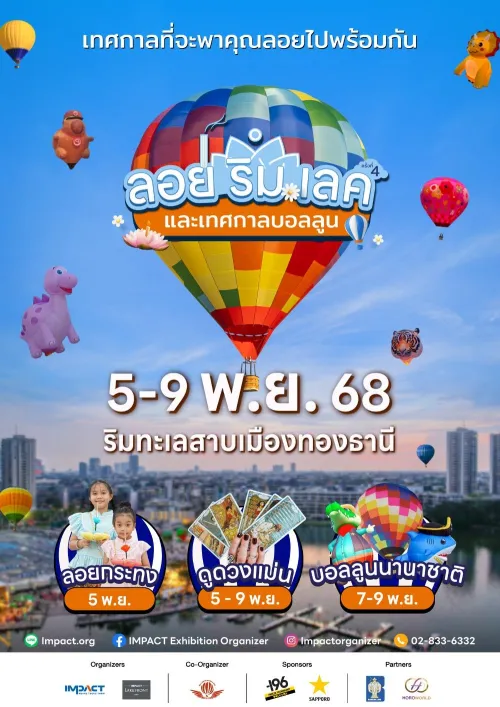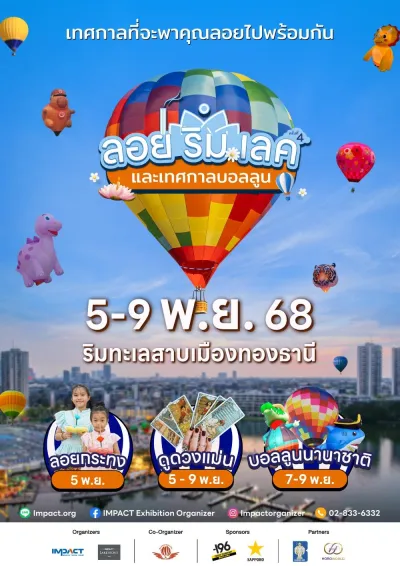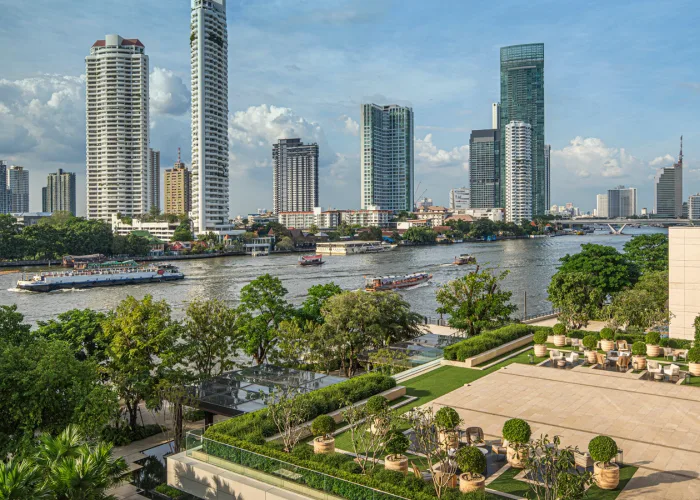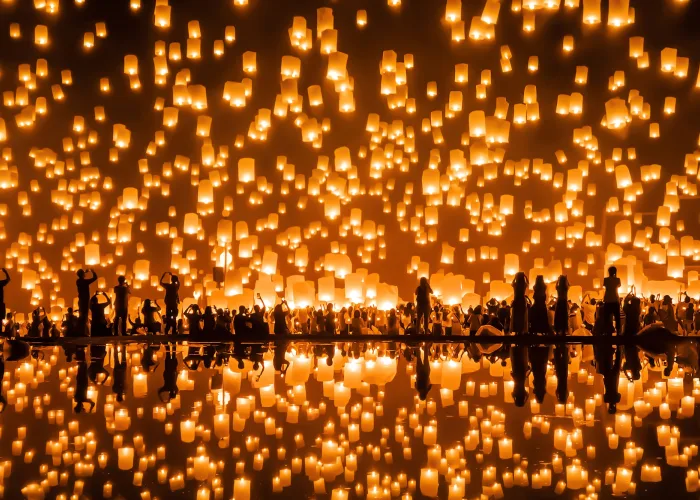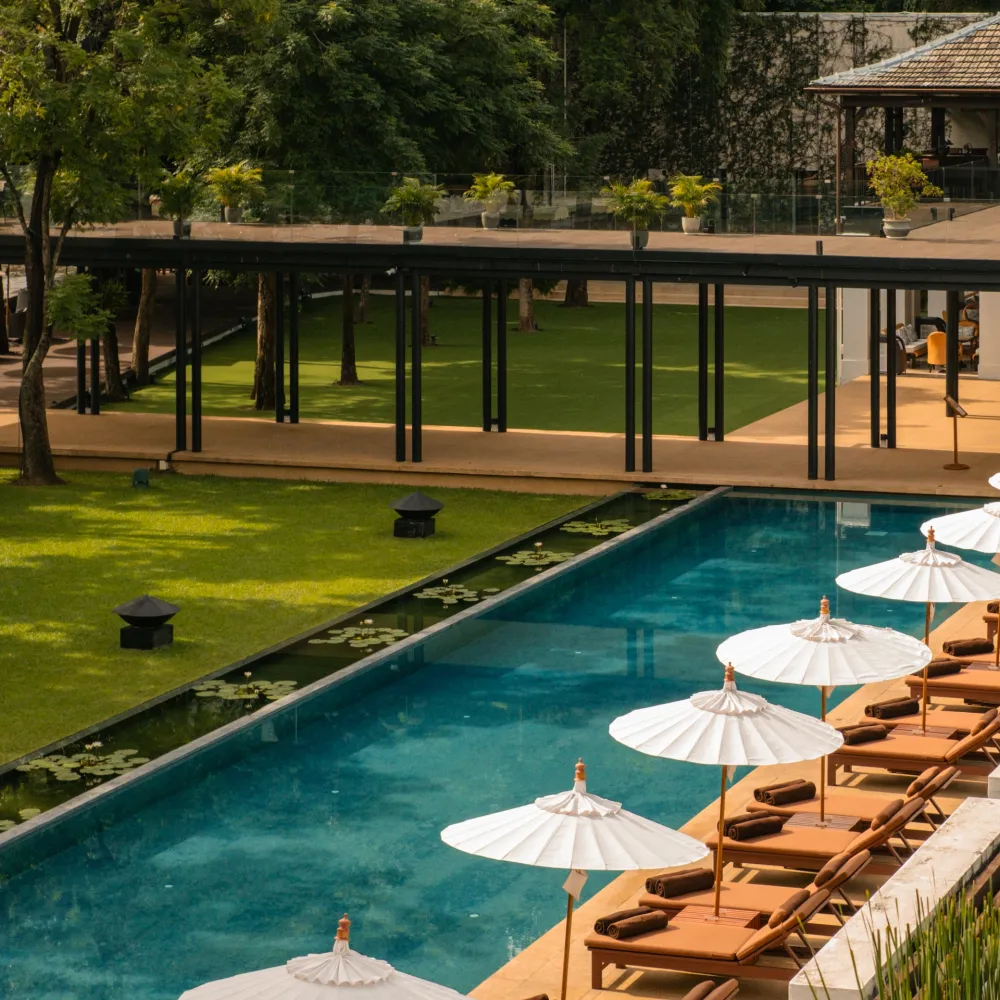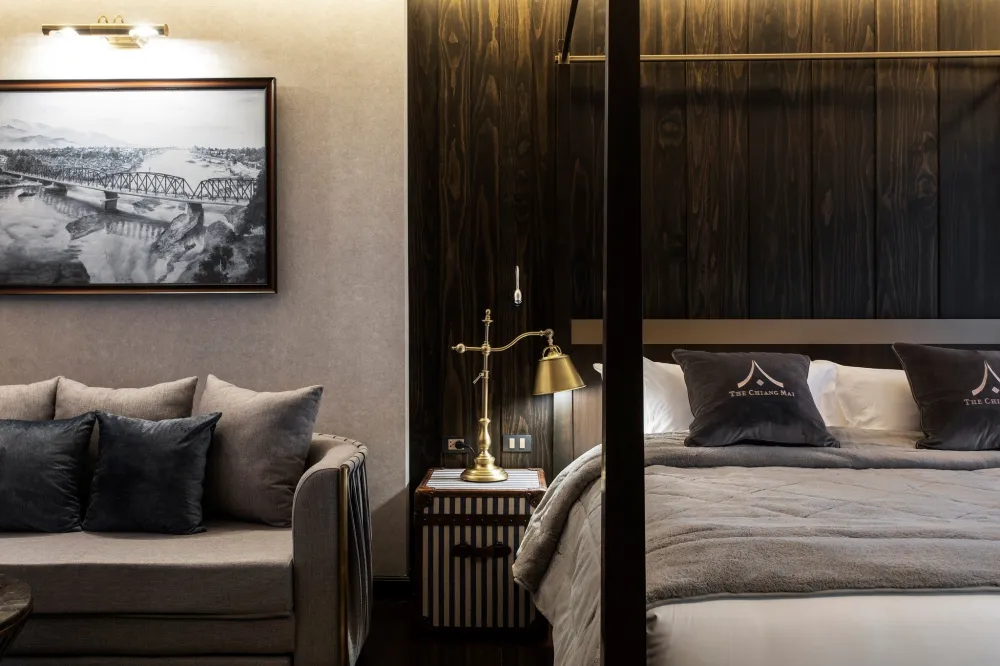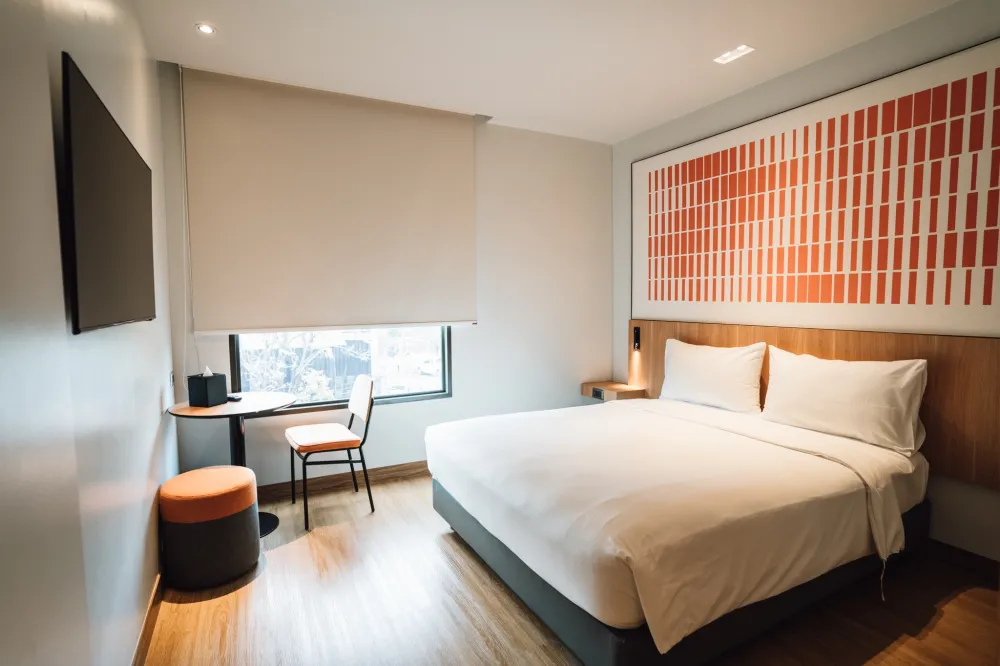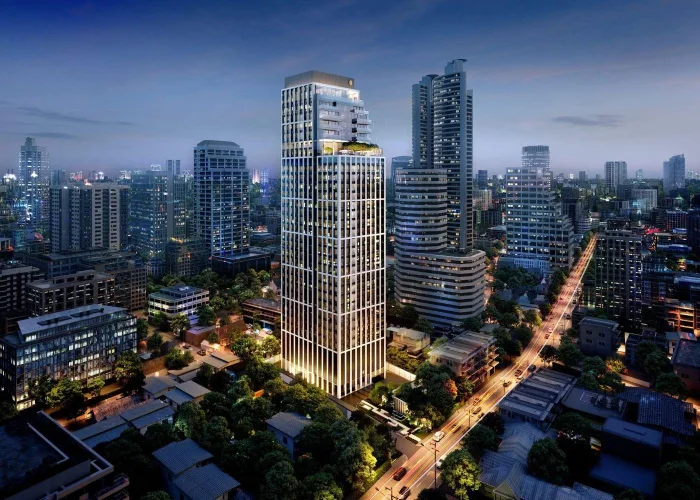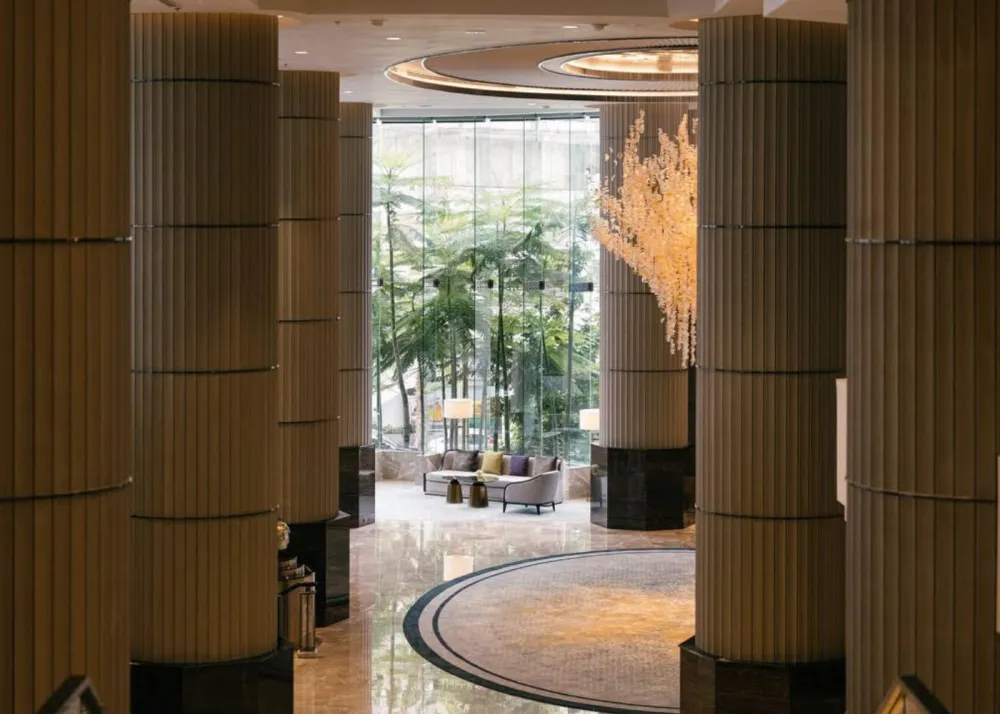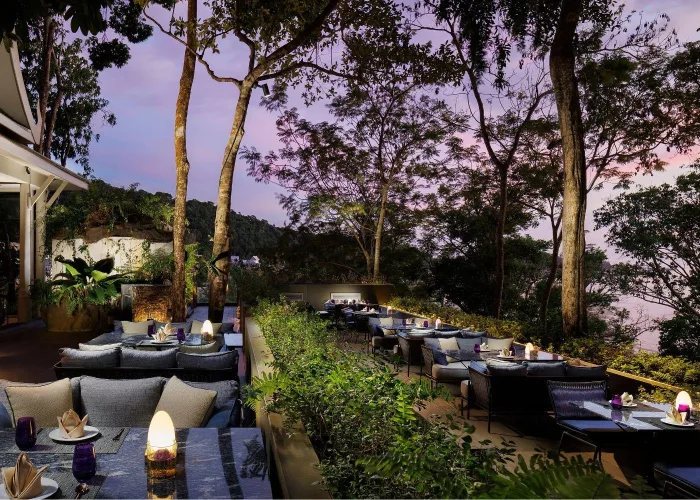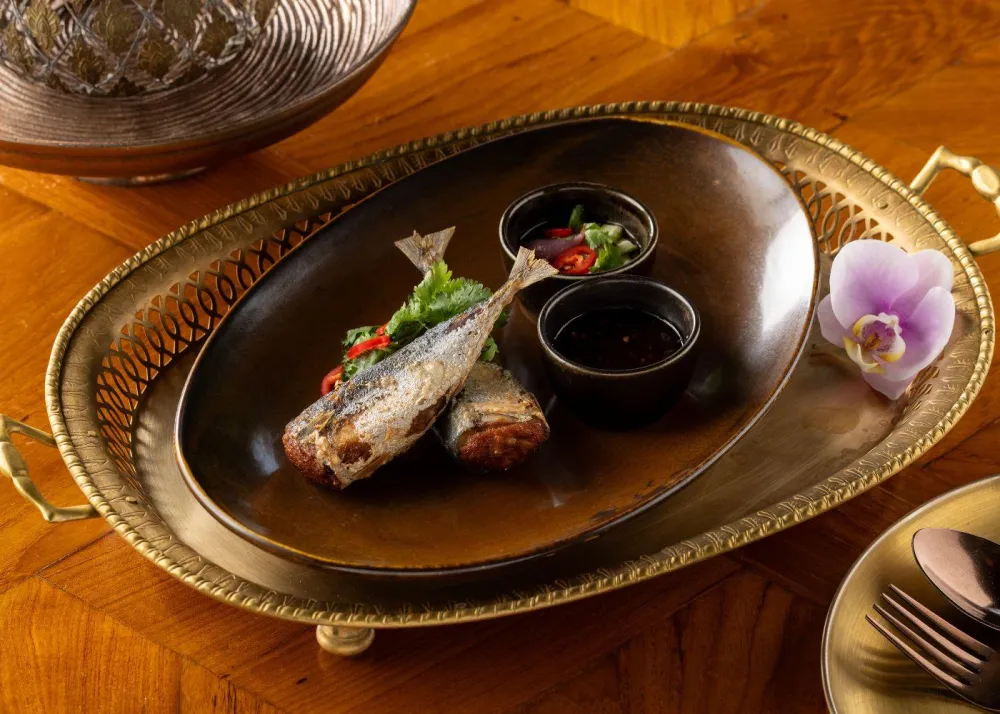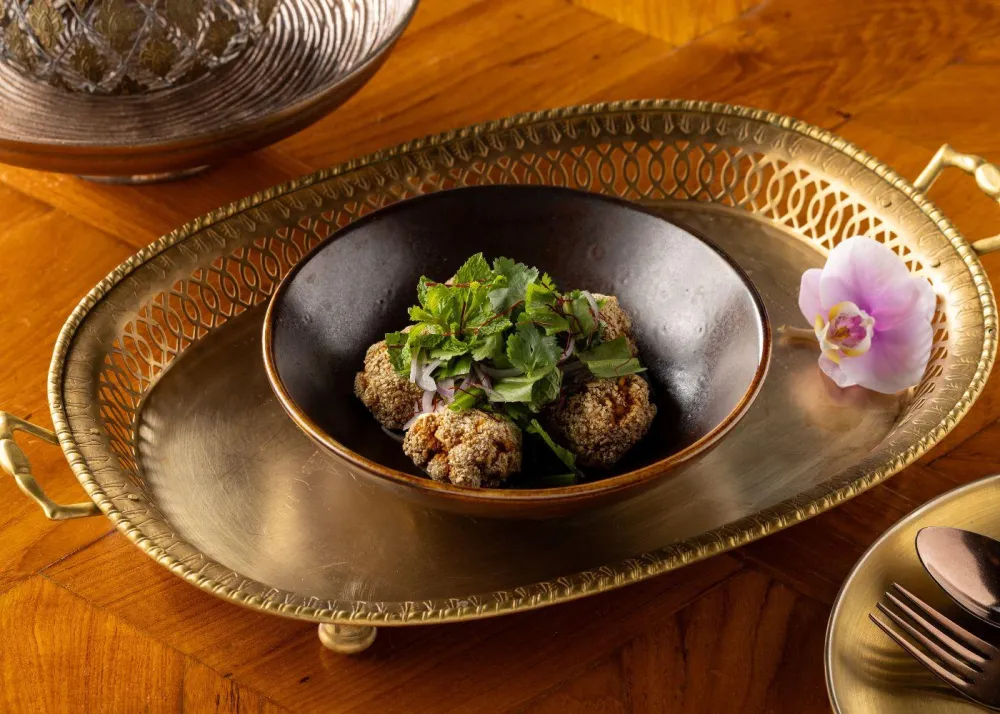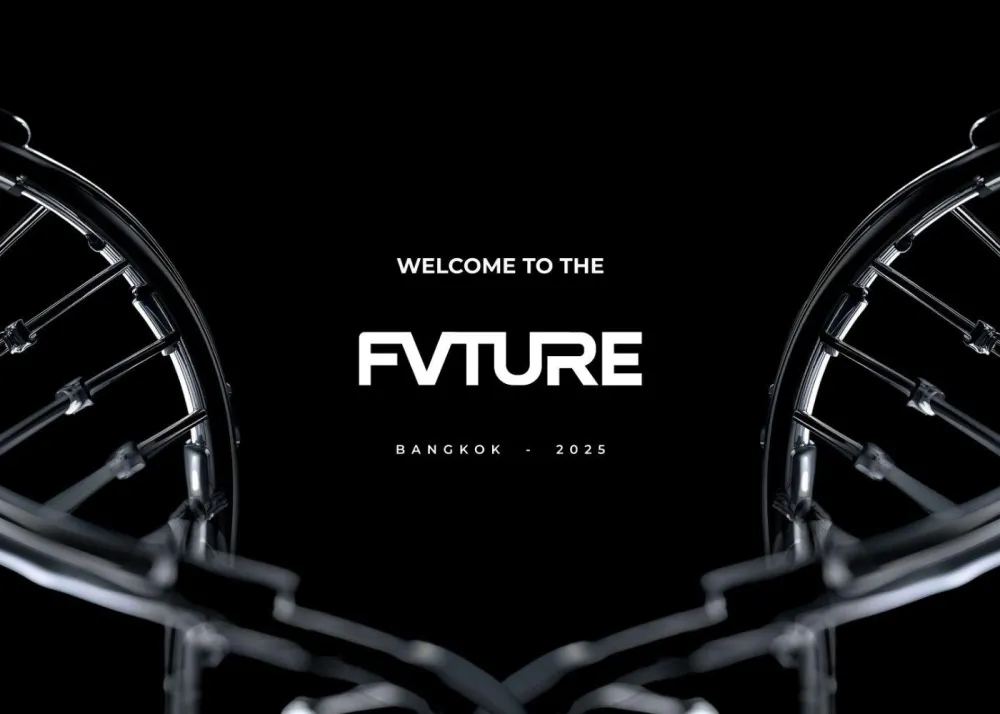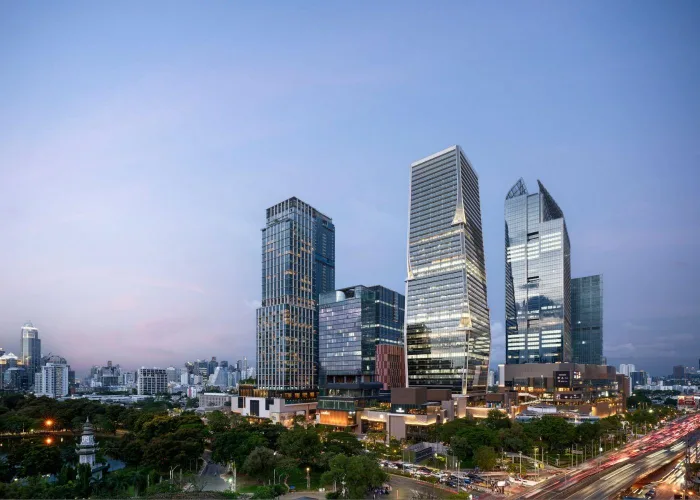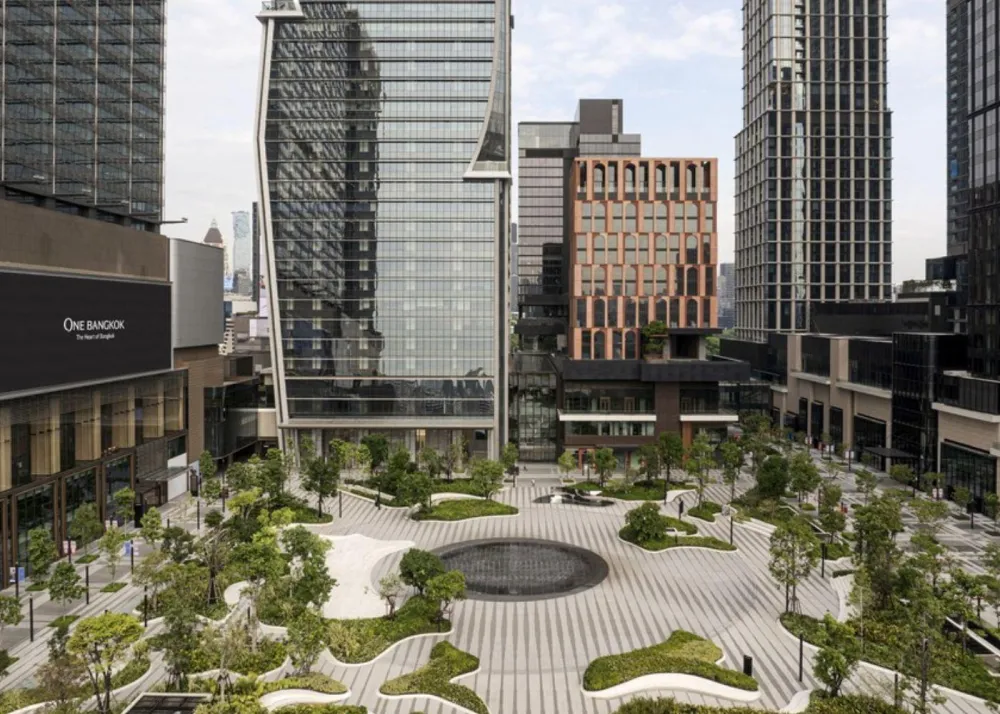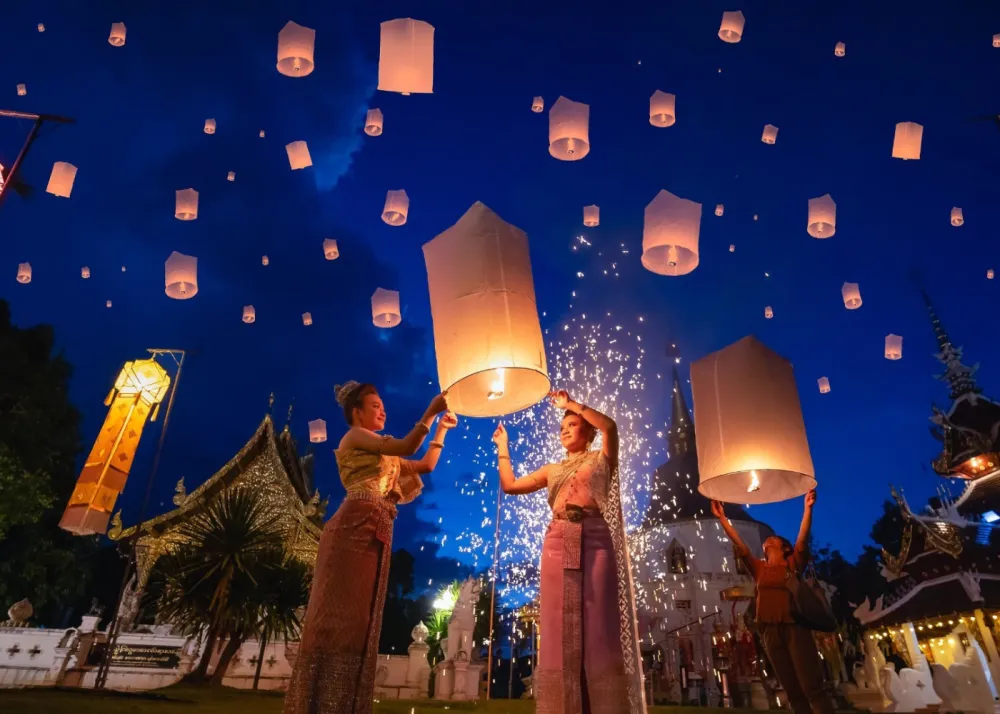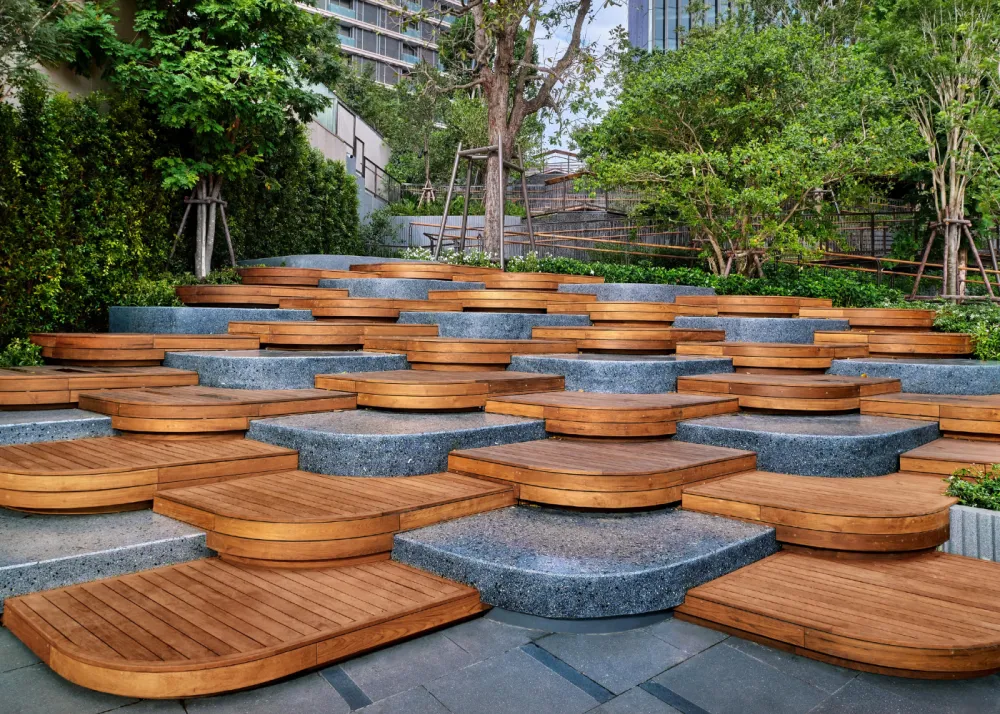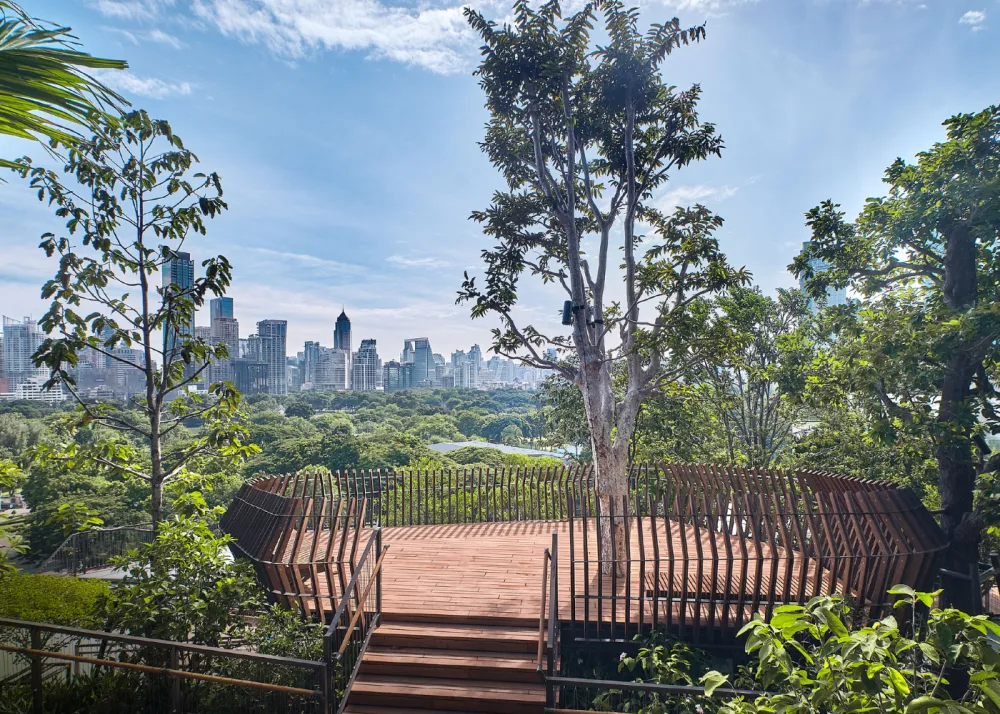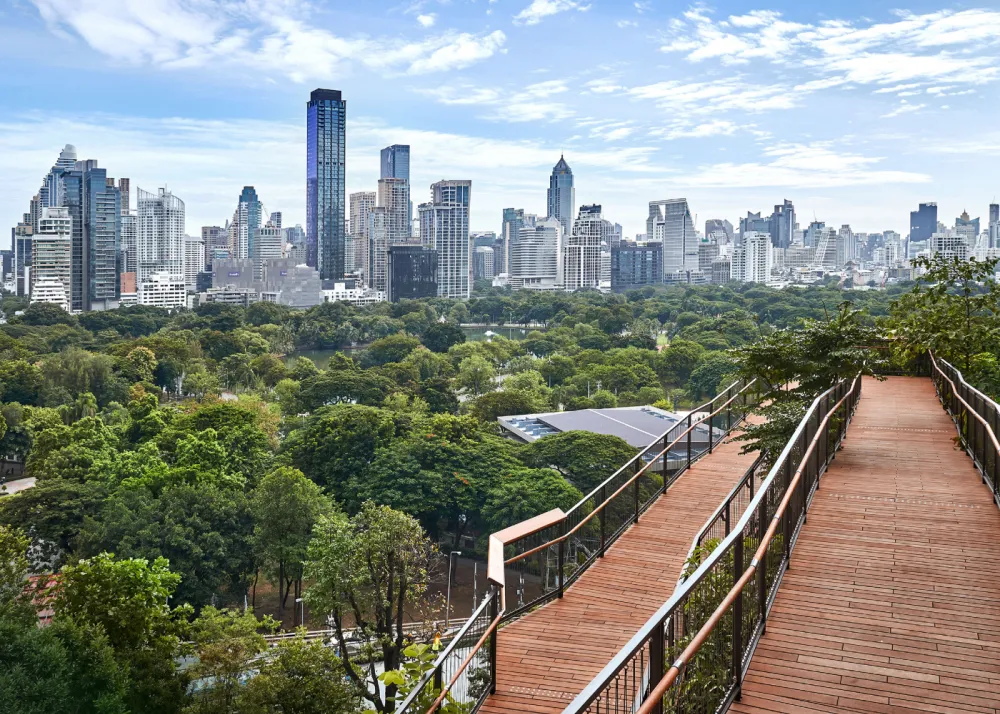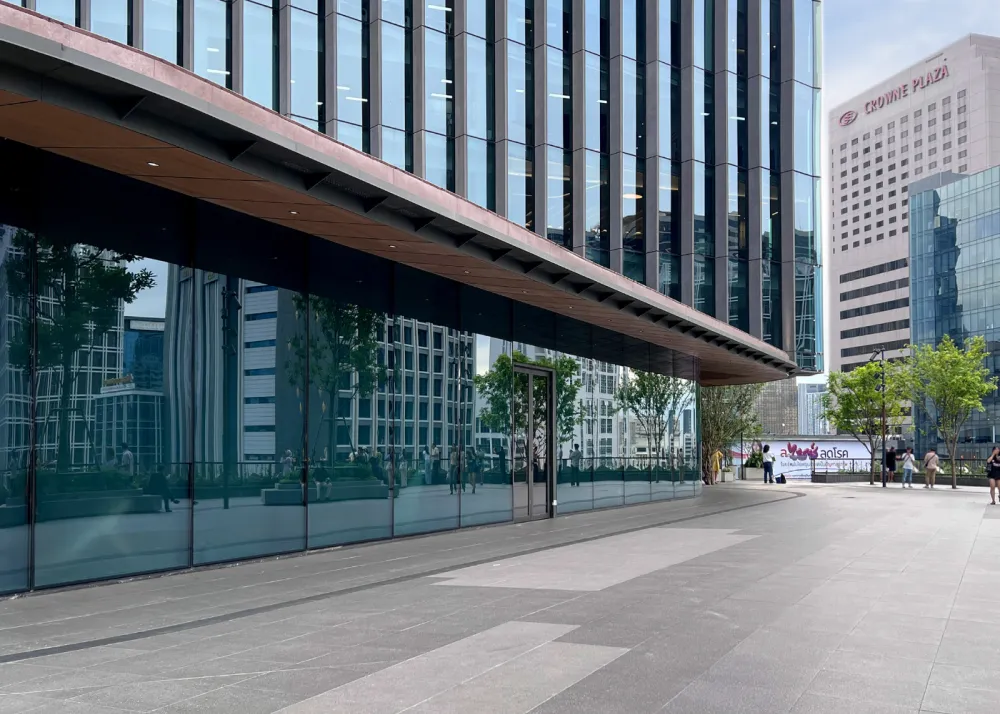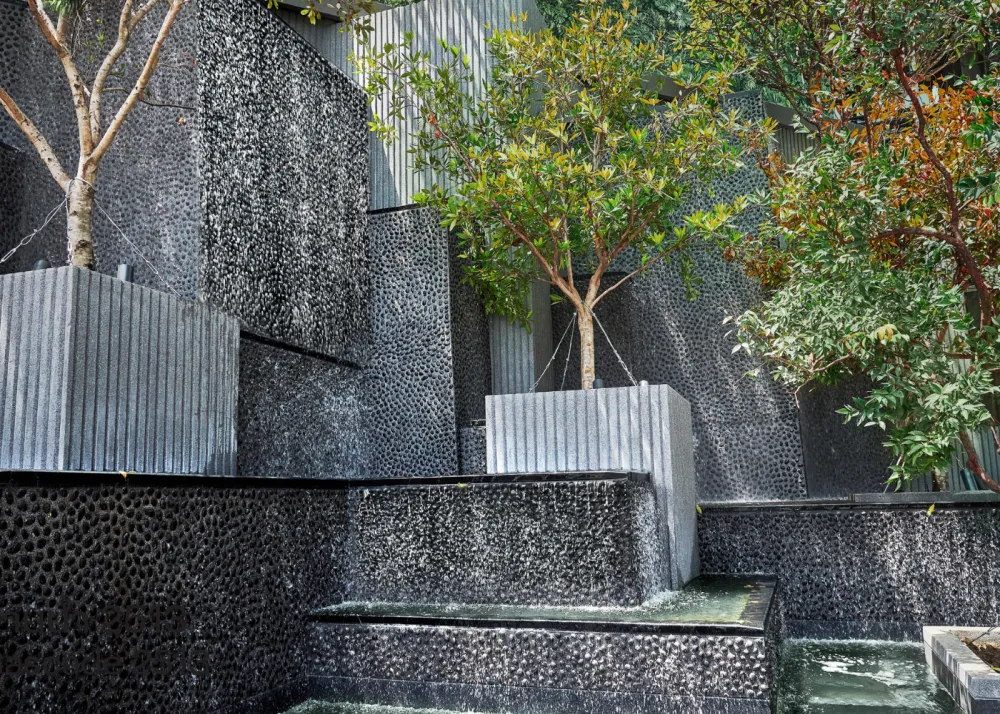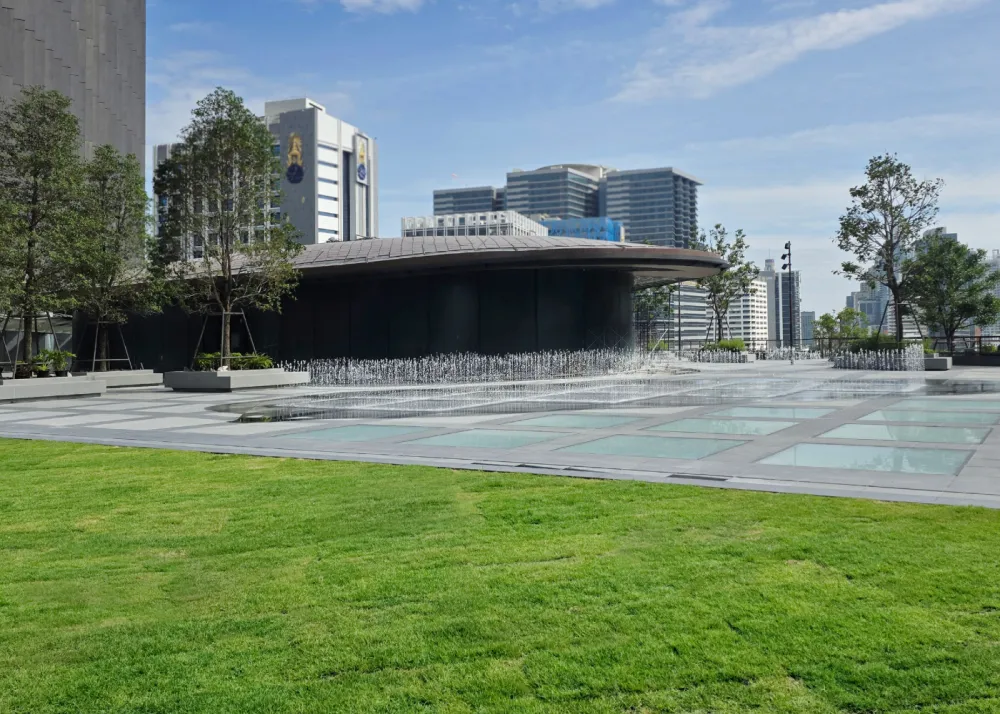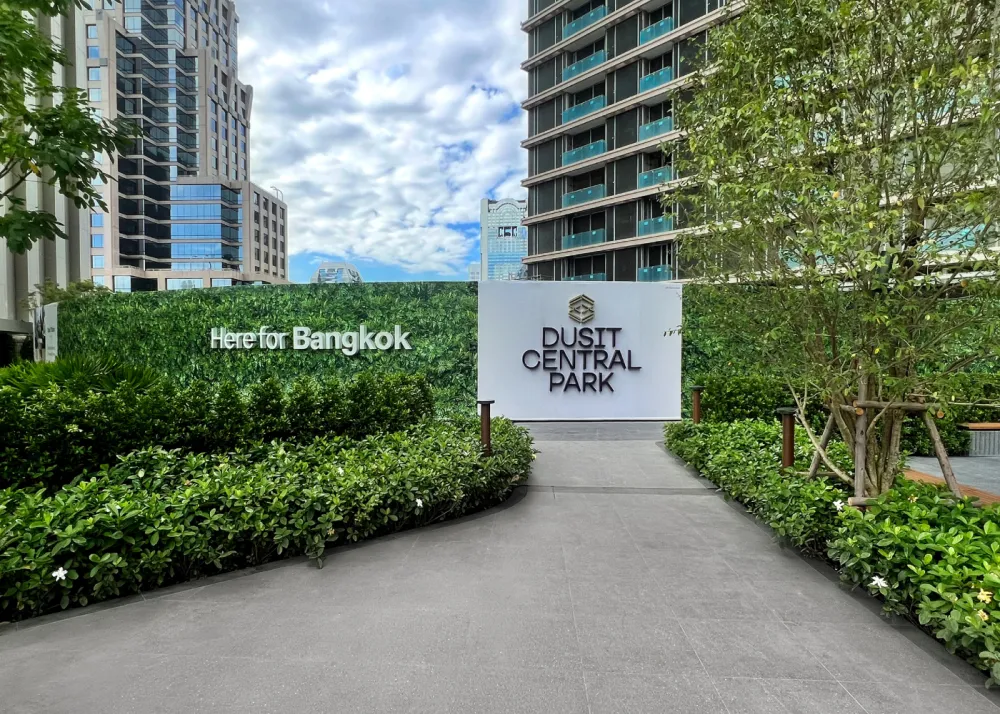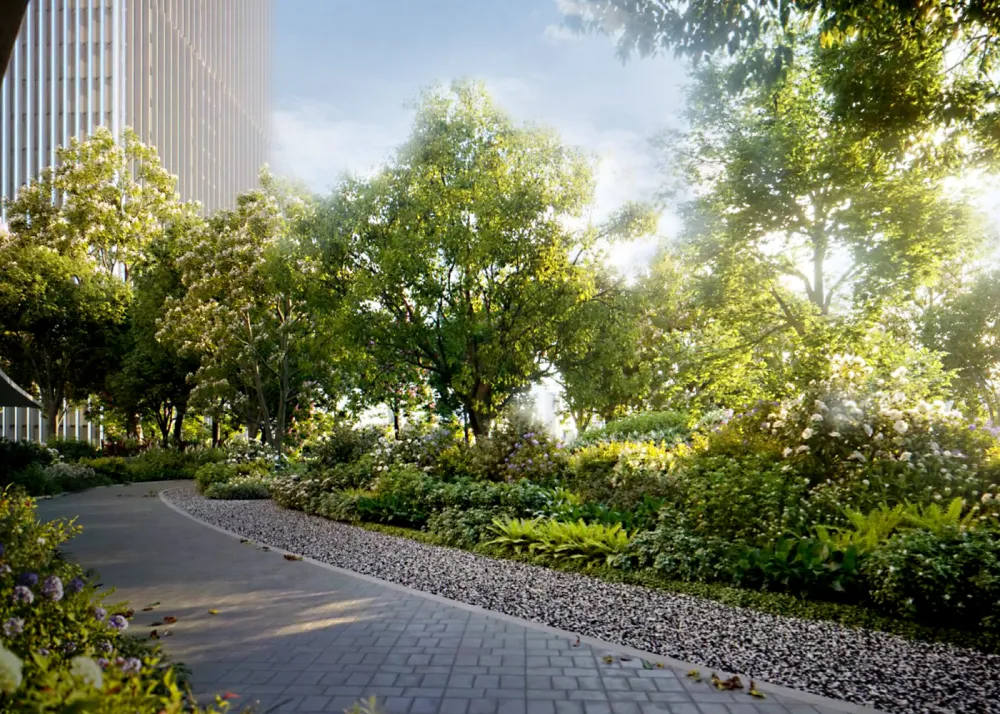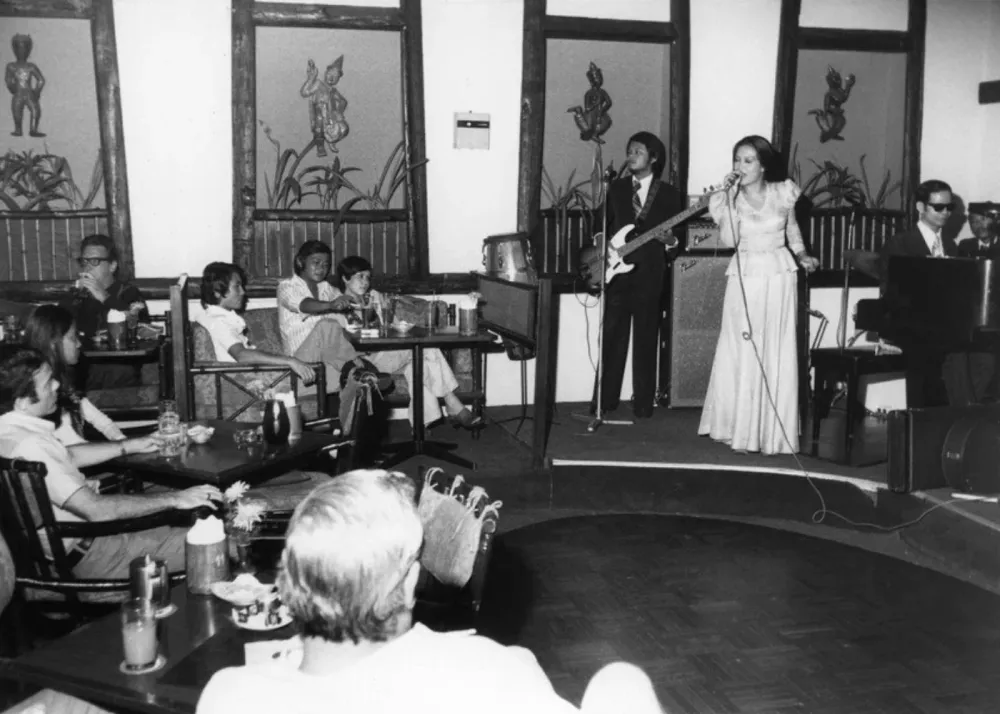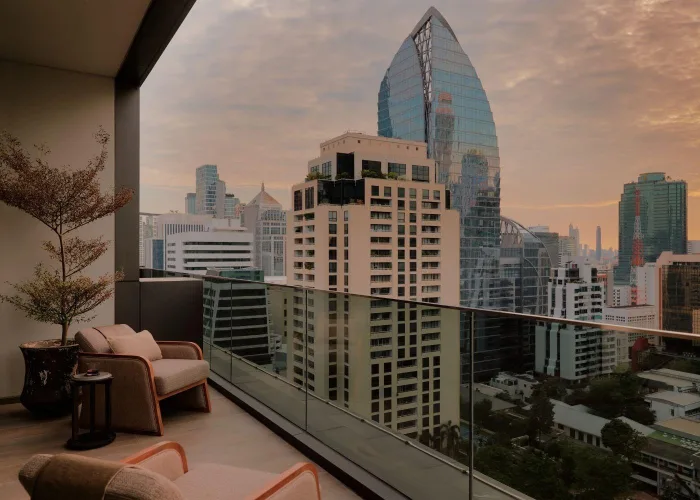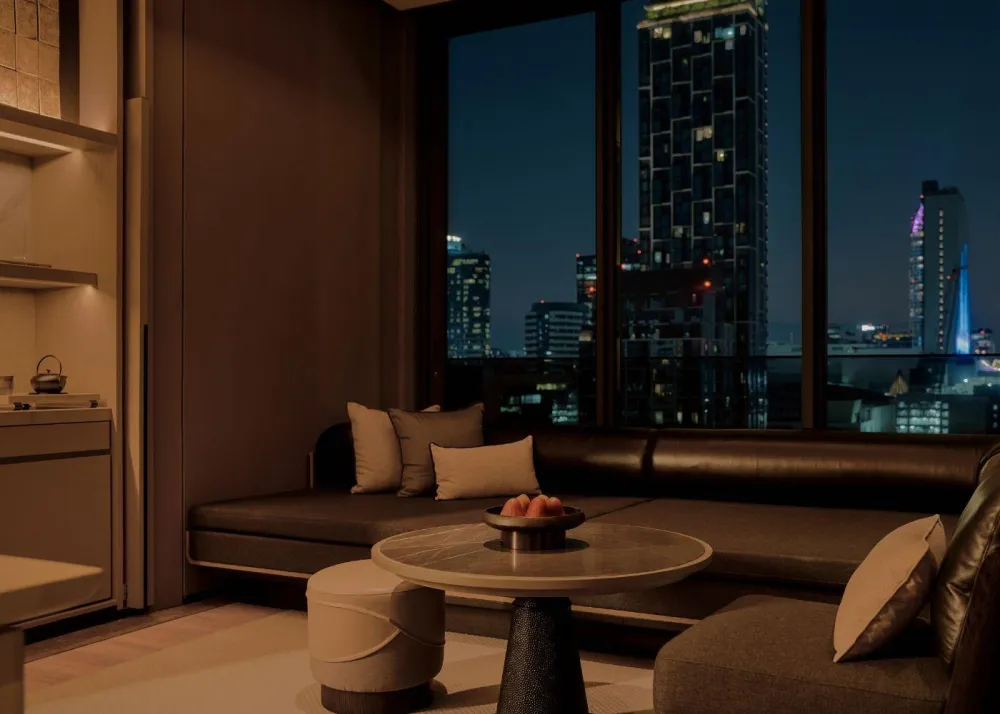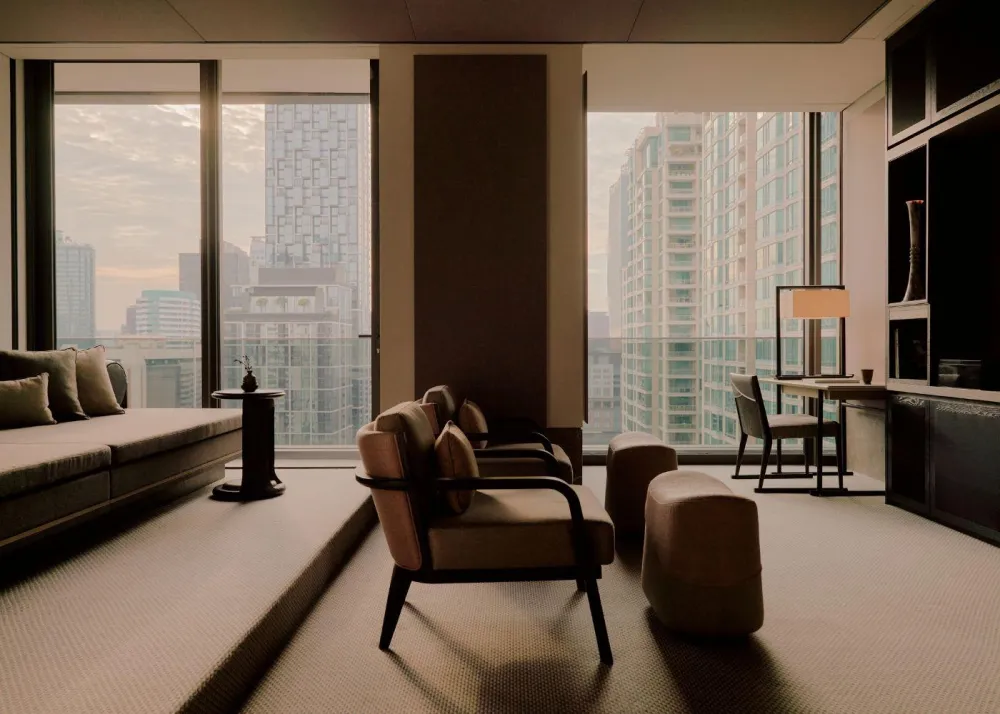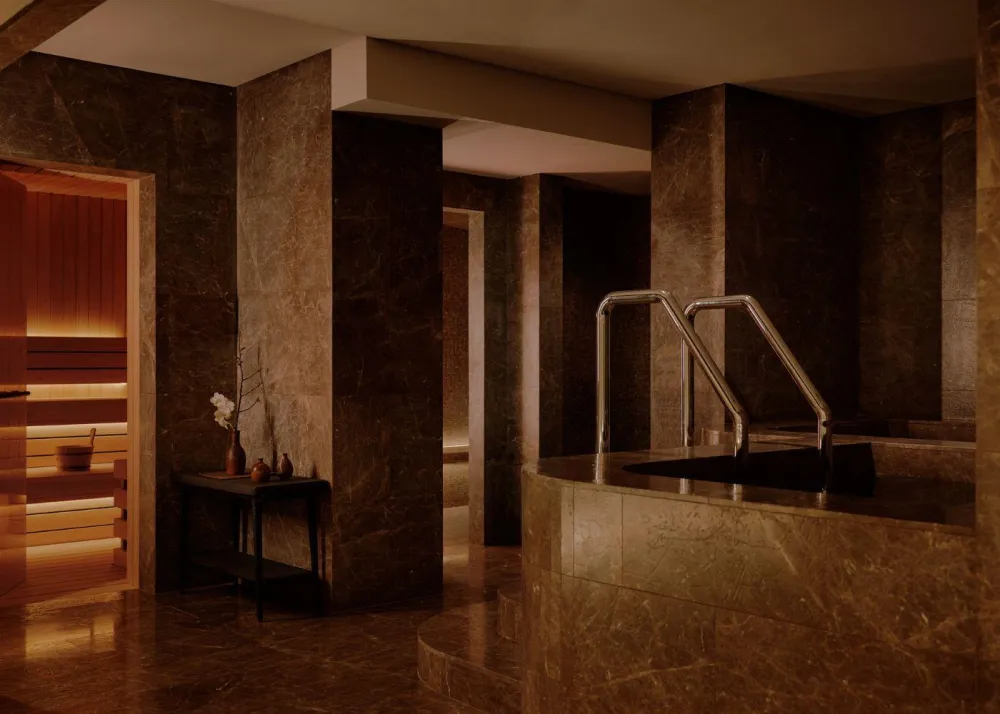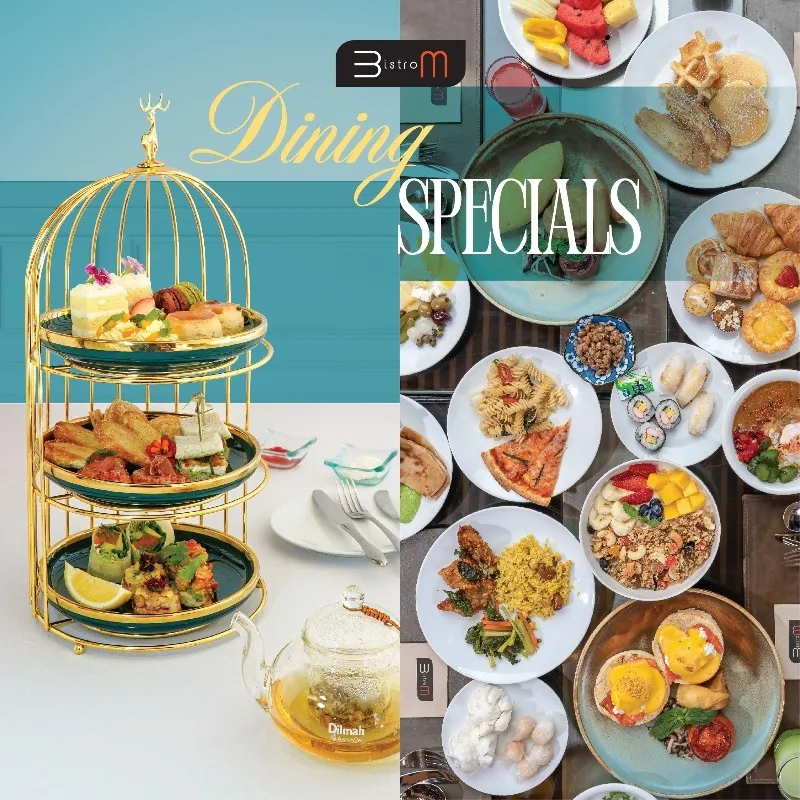Here Are 8 Dos and Don’ts When Visiting Temples in Thailand
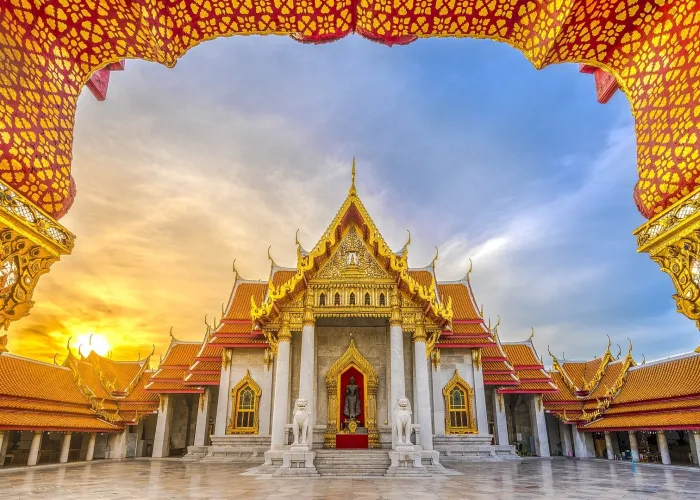
Thailand’s temples, or wats, are not just architectural wonders but also sacred spaces deeply intertwined with the country’s spiritual and cultural identity. From Bangkok’s grand Wat Phra Kaew to the tranquil Wat Pho and the enchanting Wat Arun, these temples reflect Thailand’s rich history and enduring faith.
While these sites offer opportunities for reflection and admiration, it’s crucial for visitors to approach them with respect and understanding. Here are essential guidelines to ensure a meaningful and respectful visit.
DOs
Do Dress Appropriately
When visiting Thai temples, attire plays a crucial role in showing respect. Go for clothing that covers your shoulders, arms, and knees. This gesture acknowledges the sacredness of the space and honors local customs. For women, wearing a shawl or scarf to cover bare shoulders is advisable. Men should avoid sleeveless shirts and shorts that do not extend past the knee. Additionally, it’s also important to choose clothing made from light, breathable fabrics, as Thai temples are often warm and humid.
Do Remove Your Shoes
Before entering any temple building, it is customary and respectful to remove your shoes. This practice keeps the interior clean and is a sign of reverence. Take care to place your shoes neatly in designated areas so that they do not obstruct pathways or entrances.
Do Observe Silence
Thai temples are places of worship and contemplation. Maintain a quiet demeanor to respect those who come to pray and meditate. Refrain from loud conversations, mobile phone use, or any behavior that may disrupt the tranquility of the surroundings.
Do Ask Permission for Photography
While photography is often permitted on temple grounds, it’s important to ask for permission before taking photos inside temple buildings. Some areas may have restrictions to protect delicate artworks, ancient manuscripts, or iconic Buddha images. When allowed, use natural lighting and avoid flash photography, which can damage sensitive materials over time. Additionally, consider purchasing a guidebook or using an audio guide to learn about the significance of the temple’s artwork and architecture before taking photographs.
DON'Ts
Don't Point at Images of Buddha
In Thai culture, the feet are considered the lowest and least sacred part of the body. Avoid pointing your feet directly at Buddha statues or monks, as this gesture can be perceived as disrespectful. Instead, sit or kneel with your feet tucked beneath you when close to Buddha images or during interactions with monks. Additionally, refrain from stepping over threshold areas where Buddha statues or relics are displayed, as these spaces are considered sacred.
Don't Touch Temple Artifacts
While the intricate carvings, statues, and decorations within Thai temples are visually pleasing, they are also fragile and historically significant. Refrain from touching any artifacts, including Buddha statues and wall carvings, as oils from your skin can cause damage over time. Respect barriers or signs that indicate areas where touching is prohibited.
Don't Engage in Public Displays of Affection
Thai temples are places of solemnity and reverence. Avoid any public displays of affection, such as kissing, hugging, or intimate gestures, within temple grounds. Such behavior is considered inappropriate and may be offensive to local worshippers or monks present. Moreover, maintain respectful distances from monks and worshippers, allowing them space and privacy for their spiritual practices and rituals.
Don't Be Unruly, Loud, or Disruptive
Show respect for the sanctity of the temple environment by refraining from loud or disruptive behavior. Do not climb on statues, lean on temple structures, or engage in any activity that could damage the temple’s architectural integrity or cultural artifacts. Respect designated pathways and areas, and follow instructions from temple staff or signage. Additionally, refrain from smoking, eating, or drinking within temple grounds, as these activities are considered disrespectful and may pollute the sacred atmosphere.
Get the latest curated content with The Beat Asia’s newsletters. Sign up now for a weekly dose of the best stories, events, and deals delivered straight to your inbox. Don't miss out! Click here to subscribe.



